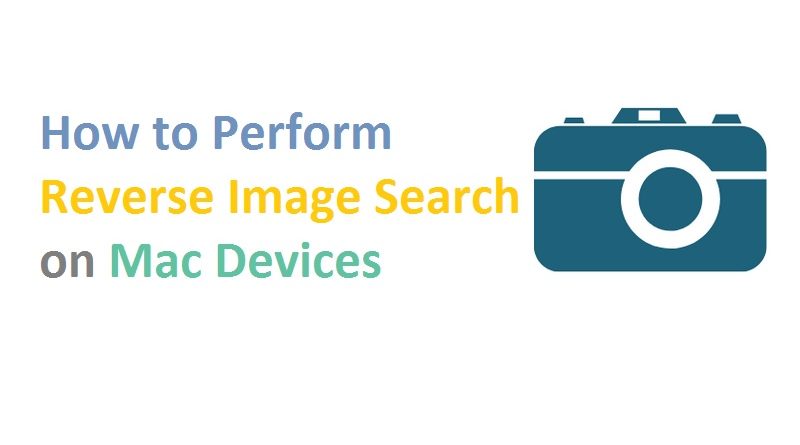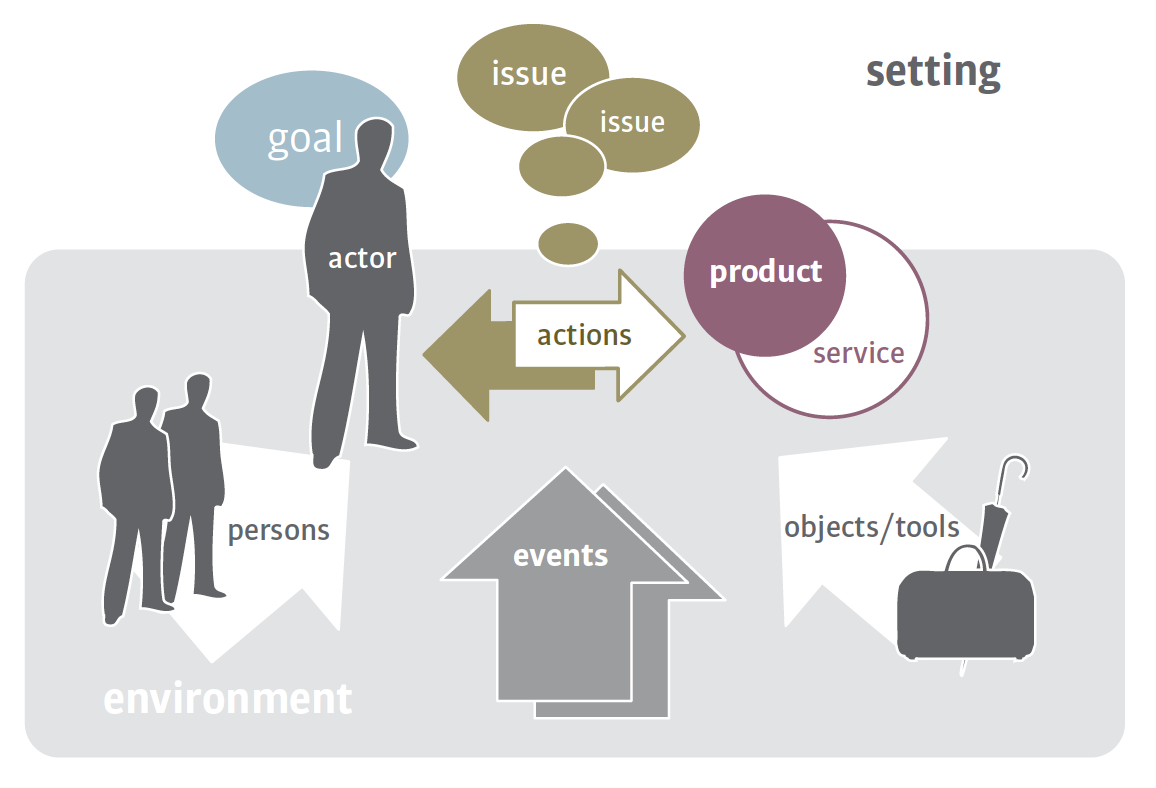Revolutionizing Research with Image-Based Queries
Unlocking the secrets of visual search can transform the way we acquire knowledge and find information. The concept of identifying unknown objects, people, or places using images has become an essential tool in today’s digital landscape. With the rise of smartphones and social media, we’re constantly surrounded by images, making visual search an intuitive and powerful way to learn more about the world around us. Whether you’re trying to identify a mysterious object, find the source of an image, or simply satisfy your curiosity, knowing how to look up something with a photo can open up new avenues of discovery. By harnessing the potential of visual search, we can tap into a vast repository of knowledge and unlock new possibilities in various aspects of our lives.
The Rise of Reverse Image Search Engines
The advent of reverse image search engines has revolutionized the way we search for information online. These engines have made it possible to identify unknown objects, people, or places using images rather than keywords. Over the years, these platforms have evolved to become more sophisticated, with advanced algorithms and larger image databases. Today, popular examples like Google Images, Bing Visual Search, and TinEye have become household names, allowing users to quickly and easily find information about an image.
Reverse image search engines have also become more accessible, with many integrating their capabilities into their main search pages. For instance, Google’s “Search by image” feature allows users to upload an image or enter an image URL to find similar images, along with relevant information like captions and URLs. Similarly, Bing’s Visual Search feature uses artificial intelligence to identify objects within images and provide related search results.
The rise of reverse image search engines has also led to the development of specialized tools like Google Lens and Pinterest Lens. These tools take visual search to the next level by allowing users to search for objects, people, and places within images using their mobile cameras. With these tools, users can quickly identify products, learn more about landmarks, or even find similar fashion styles – all with just a few taps on their screens.
When Words Fail: Using Images to Find What You’re Looking For
There are times when words are insufficient to describe what we’re looking for, making traditional text-based searches inadequate. This is where image-based searches come to the rescue. Imagine trying to find a specific product without knowing its name or brand, or attempting to identify a celebrity in a photo without a clear view of their face. In such scenarios, using an image as a search query can be a game-changer.
For instance, let’s say you’re planning a trip to Europe and want to find out the name of a beautiful landmark you saw in a photo. You can upload the image to a reverse image search engine and get instant results, including the name of the landmark, its location, and even similar images. Similarly, if you’re shopping online and want to find a product that looks exactly like one you saw in a magazine, an image-based search can help you find it quickly and efficiently.
The applications of image-based searches are vast, and they can be particularly useful when language barriers or limited descriptive abilities hinder our ability to find what we’re looking for. By using images as search queries, we can unlock a wealth of information and discover new things more easily. This is especially true when it comes to searching for visually-oriented topics like fashion, design, or architecture, where images speak louder than words. With the ability to search using images, we can say goodbye to fruitless text-based searches and hello to a more intuitive and visual way of finding what we need.
How to Perform a Reverse Image Search Like a Pro
When it comes to looking up something with a photo, reverse image search engines are your best bet. To get the most out of these powerful tools, follow these step-by-step instructions.
Start by selecting the image you want to search for. This can be a photo from your camera roll, a screenshot, or even an image from the internet. Make sure the image is clear and in focus, as poor quality can affect the search results.
Next, navigate to a reverse image search engine such as Google Images or Bing Visual Search. You can also use specialized tools like Google Lens or Pinterest Lens, which offer advanced features like object detection and facial recognition.
To upload your image, click on the camera icon or “Upload an image” button on the search engine’s website. You can also drag and drop the image into the search bar or right-click on the image and select “Search Google for image” or “Bing image match.”
Once the image is uploaded, the search engine will generate a list of relevant results. These may include identical images, similar images, or images with matching objects or people. You can filter the results by size, color, or type to narrow down your search.
For more advanced searches, try using specific search operators like “site:” or “filetype:” to refine your results. You can also use quotes around your search query to search for an exact phrase.
Remember, the key to getting accurate results is to use high-quality images and specific search terms. By following these simple steps, you can unlock the full potential of reverse image search and find what you’re looking for in no time. Whether you’re looking to identify a mysterious object, track down a celebrity, or find a similar product, knowing how to look up something with a photo is a valuable skill that can come in handy in a variety of situations.
Deciphering Image Search Results: Tips and Tricks
When conducting a reverse image search, it’s essential to understand how to interpret the results effectively. This includes recognizing patterns, verifying sources, and making the most of search engine algorithms. A well-structured approach to analyzing image search results can significantly enhance the chances of finding the desired information. To get started, it’s crucial to identify the type of search result, whether it’s an exact match, a similar image, or a related concept. This distinction can help narrow down the search scope and optimize future queries. Additionally, analyzing the image captions, descriptions, and metadata can provide valuable context and insight into the original source of the image. Furthermore, understanding how search engines like Google Images and Bing Visual Search rank and prioritize their results can help refine the search strategy. By mastering these skills, users can unlock the full potential of visual search and successfully uncover the information they need, whether it’s to identify a mysterious object or find a similar product.
Applications of Visual Search in Real-Life Scenarios
Visual search has far-reaching implications that transcend simple image identification. In various industries, the ability to look up something with a photo is revolutionizing the way we live, work, and learn. E-commerce, for instance, benefits greatly from visual search, allowing customers to identify products they’ve seen in real life or online, making purchases more convenient and streamlined. In education, visual search can facilitate interactive learning experiences, enabling students to explore historical events, scientific concepts, or artistic movements through images.
In healthcare, visual search can aid in disease diagnosis, treatment, and patient care. Doctors can use image-based search to identify rare skin conditions, locate relevant medical research, or find similar cases. Moreover, visual search can improve customer service in industries like fashion and interior design, where customers can search for products that match an image they have, reducing the time spent browsing or describing what they’re looking for. Travel companies, too, can leverage visual search to help customers find destinations, accommodations, or attractions based on images they’ve seen or taken.
By leveraging image-based search, businesses can minimize the effort required to find information, simplify complex processes, and enhance the overall user experience. As a result, adopting visual search technology can lead to significant improvements in efficiency, productivity, and customer satisfaction. As the technology continues to advance, it’s likely that we’ll see even more innovative applications of visual search across various industries and aspects of our lives.
Overcoming Challenges in Image-Based Search
While visual search has revolutionized the way we find information, it’s not immune to challenges. Like any technology, it has its limitations and obstacles that can hinder its effectiveness. One common issue that arises is poor image quality, which can lead to inaccurate or irrelevant results. This can be due to low-resolution images, incorrect formatting, or even corruption during upload. To overcome this, it’s essential to ensure that the image is clear, well-lit, and in focus. Additionally, using high-quality images can significantly improve the accuracy of search results.
Another challenge that users may encounter is incorrect results. This can be attributed to the search engine’s algorithm, which may misinterpret the image or struggle to understand the context. To overcome this, users can try refining their search by adding additional keywords or using more specific image descriptions. Furthermore, using specialized tools like Google Lens or Pinterest Lens can provide more accurate results, as they are designed to analyze images in greater detail.
Copyright concerns are also a significant challenge in image-based search. Users must ensure that they have the necessary permissions to use an image, as infringing on copyright laws can result in legal consequences. To overcome this, users can use royalty-free images or creative commons licensed images, which can be found through websites like Unsplash or Pexels. Additionally, users can give proper attribution to the original creator of the image, ensuring that they respect their intellectual property.
By being aware of these challenges and taking steps to overcome them, users can harness the full power of visual search to find what they’re looking for. Remember, the key to successful image-based search is to use high-quality images, refine search queries, and respect copyright laws. With these best practices in mind, users can unlock the full potential of visual search and uncover new information with ease.
The Future of Visual Search: Emerging Trends and Opportunities
As we continue to harness the power of visual search, exciting developments are emerging that will revolutionize the way we interact with images. Advances in Artificial Intelligence (AI), Augmented Reality (AR), and machine learning are poised to elevate image-based searches to new heights. Imagine being able to point your camera at a product, and instantly receiving detailed information, reviews, and purchase options. This is the future of visual search, where the boundaries between online and offline blur. Autonomous vehicles, for instance, can utilize visual search to identify objects, navigate, and respond to their surroundings. In the realm of smart homes, visual search can enable devices to recognize and adapt to residents’ habits and preferences. With the ability to analyze and understand visual data, the possibilities for image-based search are endless. As we explore these emerging trends, it’s essential to consider the impact of visual search on various industries, from e-commerce to healthcare. The future of visual search holds immense potential, and understanding how to look up something with a photo will become an indispensable skill in this rapidly evolving landscape. By embracing these innovations, we can unlock new avenues for discovery, exploration, and innovation, and ultimately, transform the way we interact with the world around us.



